With ‘People Stories,’ UMI is Thriving In Spite of Industry Challenges: ‘You Can’t Explain Me in One Sentence’
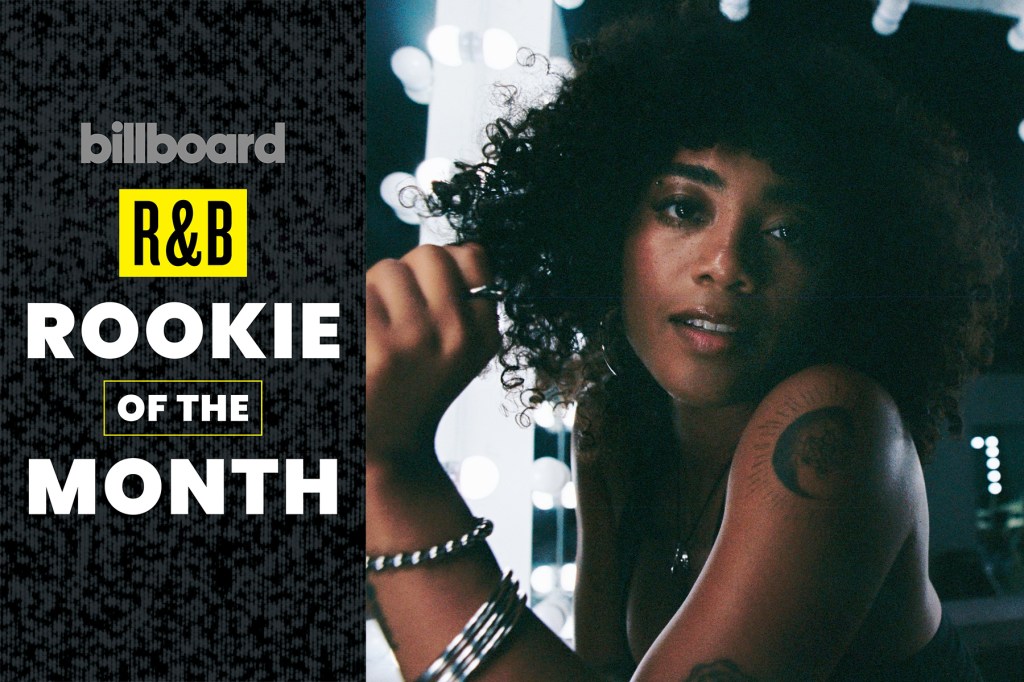
After spending years being lauded in R&B circles, Seattle-raised singer-songwriter UMI, 26, is taking lessons learned from past label experiences to spin her evocative, folk-infused People Stories album into a globally resonant healing experience. A Black and Japanese artist who broke through with 2018’s “Remember Me” after years of running the SoundCloud circuit, UMI spent the past seven years solidifying her fanbase and fine-tuning her artistry through international tours, her 2022 debut album, Forest in the City, and collaborations with the likes of BTS’ V (“Wherever U R”) and Joyce Wrice (“That’s On You”). Armed with a pen that effortlessly balances hyper-specificity and universality — and a voice tender and grounded enough to convey the vast expanse of human emotion — UMI plays on the folky, bluesier edges of R&B, which can be traced back to the oral-based storytelling traditions of West African griots.
That level of introspection can, at times, conflict with an industry more concerned with packaging and selling, and that tension has informed the way UMI moved inside and outside of the label system for the past decade. With People Stories, an album that blends Japanese-sung lyrics (“Mango Sticky Rice”), reggae elements (“Grocery Store”) and 808-laden country inflections (“Rain Rain”), UMI hopes to leverage humanity’s ability to feel “every and any experience and emotion” into proof positive that you don’t need to “explain [music] in one sentence” for people to connect with it.
“The music industry is in a really weird place right now, especially in America,” she tells Billboard a few hours after performing at a Today Show taping co-hosted by Cardi B. “It feels like nothing’s breaking through because these old systems are about ready to fall apart. I have to tell myself to hold on because no one knows how to market anybody right now. You can’t truthfully sell a soulful thing like music.”
Below, Billboard’s R&B Rookie of the Month for September details the making of People Stories, starting a new chapter with Epic Records, and working with 6LACK and Diane Warren.
What are some of your earliest musical memories?
Me in my bedroom making a fake microphone out of paper. I had a bunk bed, and I stuck this paper microphone on the ceiling. I would sit on the top of my bunk bed and pretend I was in the studio.
Do you find the music that your parents introduced you to still informs the music that you make today?
Yes, very much so. My mom is Japanese, so I grew up listening to a lot of Japanese pop music. She also played piano, so I listened to a lot of classical music. But she also loved R&B and would go to these R&B nights in Seattle, so she introduced me to Destiny’s Child and TLC. My dad plays the drums, so he introduced me to gospel music, Sade, Ray Charles, Stevie Wonder, Michael Jackson, the whole spectrum of music.
What’s the first song you remember being stuck in your head?
The first thing I ever downloaded on my iPod was the Alvin and the Chipmunks album. [Laughs]. But outside of that, probably, “Say My Name” by Destiny’s Child. My mom used to play so much Destiny’s Child. The melody is so catchy. I’m a lyrics girl, but melodies come first for me.
How has your approach to singing and songwriting evolved from your very first song to People Stories?
The first song I put out on the Internet, I just recorded it in my bedroom with a little mic. It was called “Happy Days.” I made this loop on my guitar, and I didn’t know how to do a bunch of layers and fancy stuff, so it was just me and the guitar on a 45-second song wishing for happier days. It was very simple and sweet. Now, my music has that simplicity, but it’s a lot deeper. 1) I can do more, technically and 2) I’ve polished my ability to talk about my emotions. If I were to make a song called “Happy Days” today, it would be a lot richer, like a movie scene.
Talk to me about leaving Keep Cool/RCA and starting this new chapter with Epic.
When I was with Keep Cool [beginning in 2018], I had a really great experience. I got to work with Tunji, who’s a very hands-on, artist-first kind of A&R. He gave me a lot of freedom and space to explore myself, so when he left the label [in 2022], I feel like I came face to face with what he was protecting me from, which was the label system. If they don’t know how to sell you — because you might have a unique perspective or a unique style — they want to turn you into something else. If you don’t conform to that, you’re labeled difficult or not sellable. That experience was a hard shot to my confidence because it made me start to place my value in my commercial success or how easily explainable I am. You can’t explain me in one sentence all the time.
After that, I went independent [from 2021-2024] and got to explore without the pressure of trying to make something for someone to like. I felt ready to sign to a label [after a while] because I wanted to take the music on a grander scale, and Epic Records is very epic. I signed last year, and they are very artist- and process-first, and they invest in ideas, not just commercial things. It’s been a really healing experience for me to see people want to invest and believe in my ideas over and over and over again and not use anything to define my worth. They f—k with who I am and my music, and I think that they’ll be very happy with their investment in me.
Being independent taught me a lot about leadership, and being at a label taught me that they’re like an army of people who can support you. But if you, the artist, don’t know what direction you want to go in, that’s how you can easily slip between the cracks.
When did you feel an album coming together? When did you know People Stories was complete?
I felt the album coming together when I was on tour for Forest in the City [in October 2022], my first album. There’s a song on People Stories called “Mango Sticky Rice.” I wrote it because a fan came up to me after a show in Amsterdam and told me that she met her boyfriend because of my music. For their first date, they went to a Thai restaurant, and they invited me out with them. So, I took the band, and we met the couple and their parents for Thai food, and they told us how they met while we were eating mango sticky rice. That’s when the album’s concept of writing songs about other people’s stories came to me.
Me and V-Ron, who executive-produced the album, went on a road trip and created this idea of making a folk-inspired album because people’s stories are folk tales. It started off as a folk fusion album, and we wanted to create new sounds, which I think we were successful in doing. The stories became so diverse that folk alone couldn’t contain them, so the album became more R&B again, and by this March, we got the feeling that it was done. I probably made four more songs that are not gonna probably ever come out, but V-Ron let me explore that because I’m a perfectionist.
Did you ever come across a story that made you question if you were the right person to commit it to song?
“The Limit,” for example, is about a close friend who went through a breakup. I was like, “Can I talk about your breakup? Can I really go there with your story?” But as you write the songs, you realize that you can find yourself in every single story. That was the most healing thing about it. There aren’t any stories that I felt I wasn’t equipped to write about because I think we all have the capacity to feel every and any experience and emotion. I think your ability to do that is tied to how self-aware and connected to yourself you are, and how in touch you are with your emotions. I be feeling a lot! So, I knew I could feel a lot for others as well.
This album really walks in the legacy of the West African griots, which manifests in the different styles you explore. Was that intentional, or did you just go wherever a given story called you?
I really wanted people to experience the diverse aspects of my art. I don’t just make R&B, and I don’t just make pop. I wanted to show how multi-dimensional I am, but also how multi-dimensional life is. To accurately express an emotion, the sound has to be accurate. I could have made “The Limit” a folk song, but with the way [my friend] explained the heartbreak, I knew it needed synths to properly tell that story. I also use colors a lot, so if I hear a story that feels blue, when I’m producing, I’m like, “Can you play blue chords?”
The music industry is so obsessed with commercial ability, sometimes, that it’s trumping the ability to express something accurately. I wanted to challenge that and prove you can do so while still making a hit or a bop.
Let’s get into the reggae vibe on “Grocery Store.” Where’d that come from?
My brother-in-law, Q [Marsden], was staying at my place a lot, and he’s Jamaican. He was showing me a lot of music, and he also left all his instruments in the studio, which I felt kept the essence of his spirit in the room. It was also summertime, so I was listening to a lot of upbeat reggae. When we started the session, I told V-Ron that I wanted to make something for our inner child and break all the rules of what we think we can and can’t create. We just started playing the guitar, and it all came together.
V-Ron programmed all the cool sounds of the cable cord getting plugged in, and I had my mom come upstairs and spit some bars, so she’s on this record too. We also thrifted this old microphone from the ‘30s or the ‘40s that barely works, and recorded vocals on it. The whole song is playful; the theme is a psychedelic trip, so I took stories my fans sent me about their trips and changed the setting to tripping while on your lunch break from working at a grocery store!
Diane Warren is also in the credits on this record. How did “Safe Room” come to be?
I had a session with Diane, and she does this thing where she looks at you and is like, “I have a song for you.” Sometimes it’ll take hours to get there, and sometimes it takes weeks. For me, it was like five minutes. I walked in, and she was like, “I have a song for you; you should call a producer right now.” Diane pulled out a sheet from a stack of papers, and it was all crumpled up with the lyrics to the song. She started playing it on the guitar, and I sang with her, and she was like, “It’s your song.” So, V-Ron comes in and fleshes out the production and the rest [is] history. We took it home, finished it together and added stuff to it, but that was my first Diane experience! She’s like a song vessel writing machine.
Why was it important to keep ambient sound present across the record?
When we first started making the album, I tried to book a studio. It was a fancy, underground studio, and I started crying as soon as I walked in. I couldn’t make the album there; it was too polished and clean. I felt all my creativity getting sucked out of me.
Ever since that day, I canceled all the sessions we booked and did the whole album either at my house or V-Ron’s house. Because of that, the AC’s running, the dog’s barking, everything’s in there. Even when we were mixing, we were like, “That crack is there on purpose, do not make it perfect.” If the album is called People Stories, the music has to reflect the theme of the album top to bottom — and life isn’t perfect.
Why did you choose 6LACK as the album’s only feature?
It just happened like that. I met 6LACK at an open mic, and he was rapping over a saxophone and violin when I walked in. I thought it was so sick, so we talked after and became friends. Anytime I was in Atlanta, he’d pop out at my show; if he was in L.A., I’d pop out and see him.
I sent him a pack of songs, and he liked “Hard Truths.” He cut that song while I was working on People Stories, and I figured I’d put it on the album. I also asked some other artists to be on the album, but there’s a divine timing for everything, and 6LACK felt like he fit this one. I’m not going to force anything else if that’s what it’s meant to be.
How do you plan to continue bringing this album to life through music videos and live performances?
I have a tour starting at the end of next month, so I’m building out the creative for that. I’m a concepts girl, so I will flesh out a concept all the way. People will not only get to hear People Stories, but they’ll also experience the album tangibly. I think this will be one of the most unique experiences people have gotten from a live show. I hope to make some more music videos, as well as more fan events. The theme of this album is human connection, so I want to connect with people for the rest of the rollout.
What color is People Stories for you today?
It’s a golden yellow to me today because I feel so happy talking about it with you.
Link to the source article – https://www.billboard.com/music/rb-hip-hop/umi-rb-rookie-interview-people-stories-6lack-music-1236072278/
-
Amazon Basics Adjustable Folding Stand for Acoustic, Electric, Bass Guitars and Banjos, Black$15,67 Buy product
-
Hosa MID-305BK 5-Pin DIN to 5-Pin DIN MIDI Cable, 5 Feet$8,95 Buy product
-
Jasmine S35 Acoustic Guitar, Natural$99,00 Buy product
-
Broadway Gift 7 in. Natural Wood Bass Electric Guitar Instrument Miniature Replica with Case$29,99 Buy product
-
Ernie Ball Earthwood Extra Light 80/20 Bronze Acoustic Guitar Strings, 10-50 Gauge (P02006)$6,99 Buy product
-
Strong Wind Soprano Ukulele for Beginners Solid Mahogany 21 Inch Ukelele for Adult Starters Ukalalee With Gig Bag(Soprano 21inch)$29,99 Buy product







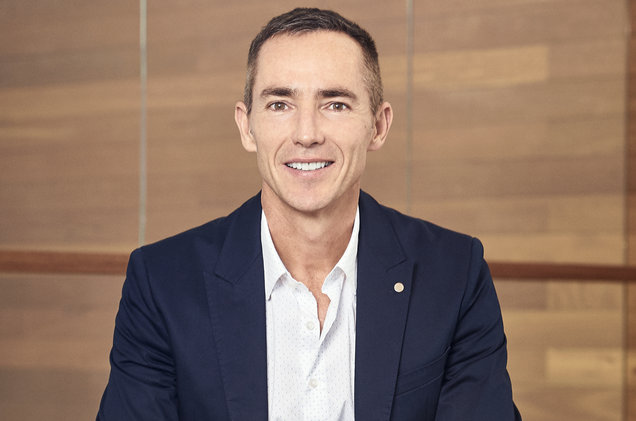

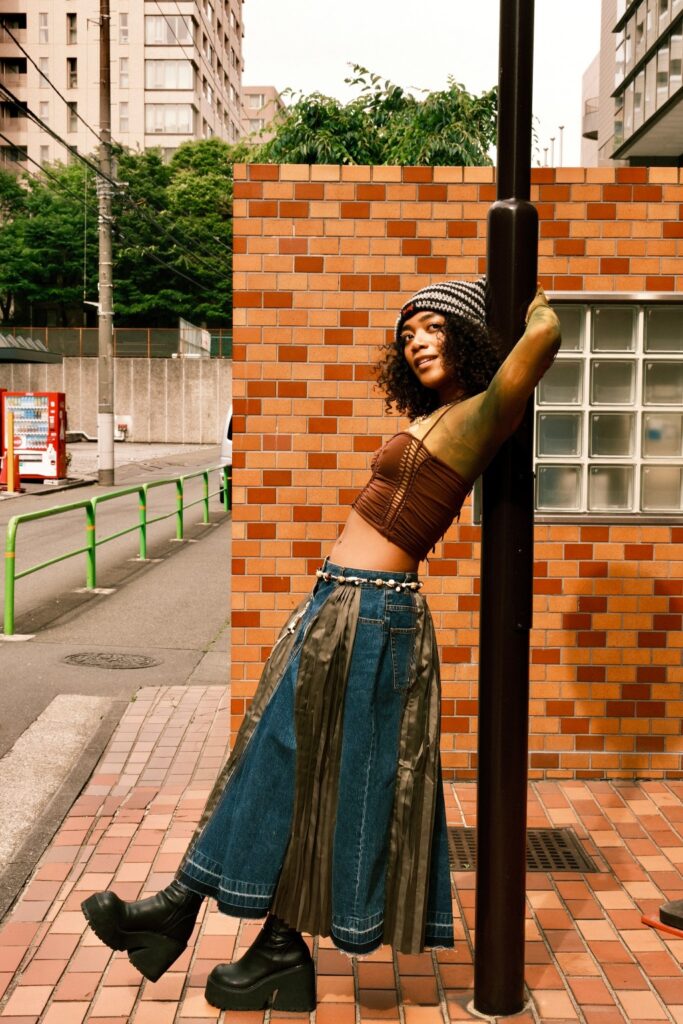
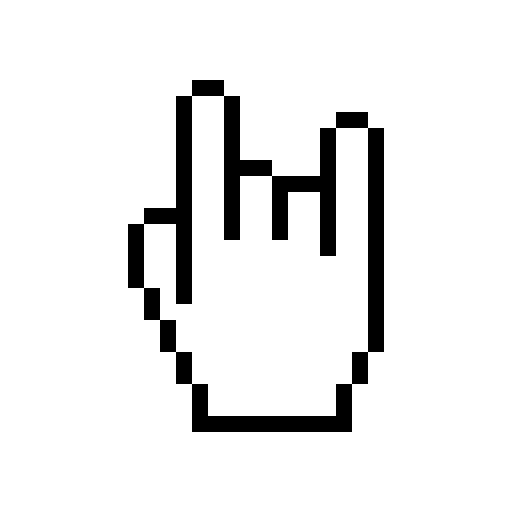
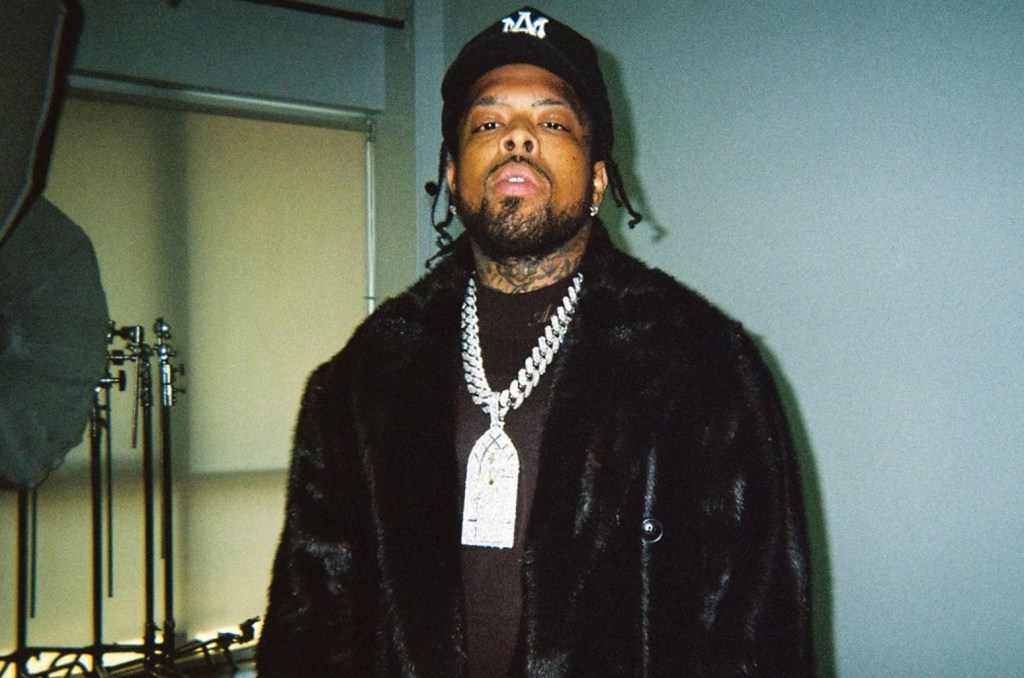
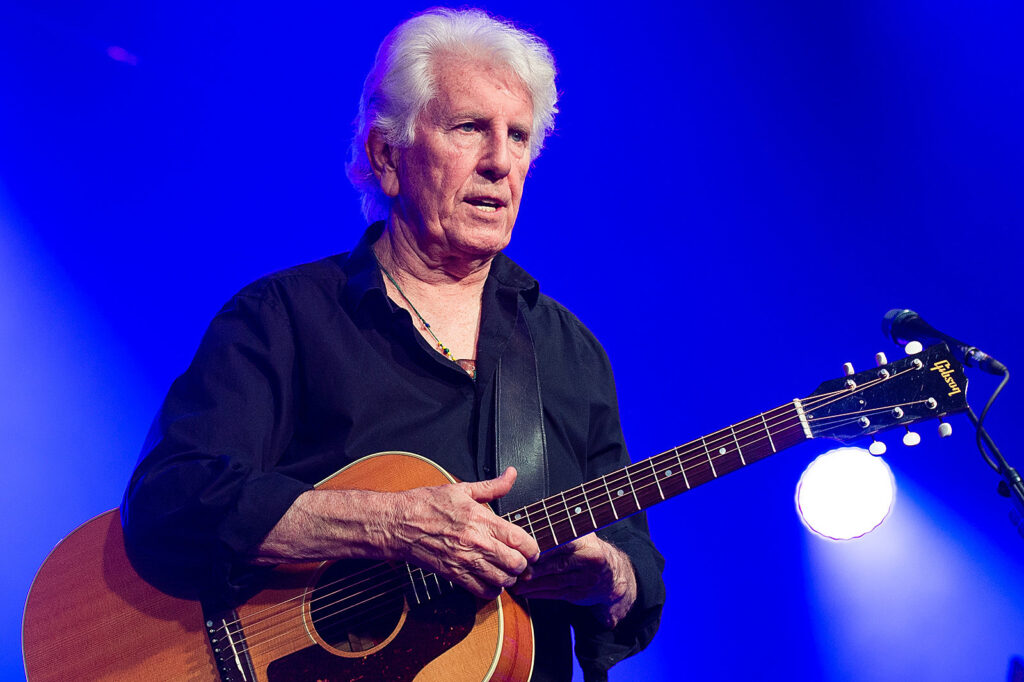
Responses